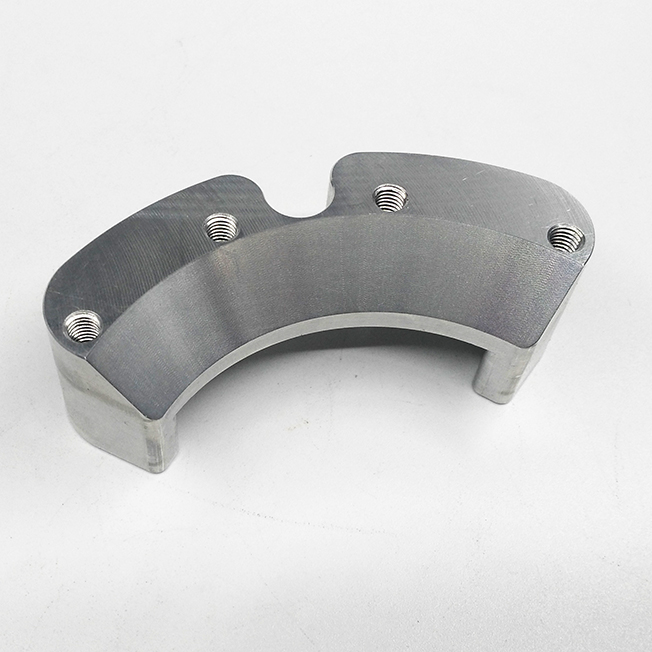The thermal expansion coefficient of aluminum alloy parts is large, and it is easy to deform during thin-wall processing. When the free forging blank is used, the
Machining allowance is large, and the deformation problem is very clear.
Today, let`s introduce in detail what measures should be taken when CNC
Machining Aluminum alloy parts deform?
We know that in
CNC Machining, there are many reasons for the deformation of aluminum alloy parts, which are related to the material, the shape of the part, the production conditions, and the performance of the cutting oil. There are mainly the following aspects: deformation caused by internal stress of the blank, deformation caused by cutting force and cutting heat, and deformation caused by clamping force.
For this kind of CNC parts processing problems, CNC machining manufacturer Ruiyihang Precision has used practical experience to come up with some solutions for many years.

1 Optimize tool structure
Reduce the number of teeth of the milling cutter and expand the chip space. As aluminum alloy material has larger plasticity, larger cutting deformation during processing, and larger chip holding space, so the bottom radius of the chip pocket should be larger and the number of teeth of the milling cutter should be smaller.
2 Fine grinding teeth
Before using a new knife, you should lightly sharpen the front and back of the teeth with a fine oil stone to reduce the residual burrs and slight serrations when sharpening the teeth. This not only reduces the cutting heat but also reduces the cutting deformation.
3 Strictly control tool wear standards
After the tool wears, the surface roughness value of the workpiece increases, and the deformation of the workpiece increases with the increase of the cutting temperature. Therefore, in addition to the selection of well-ground tool materials, the degree of tool wear should also be strictly controlled, otherwise it is easy to produce built-up edge. The temperature of the workpiece during cutting cannot be too high to reduce deformation.



